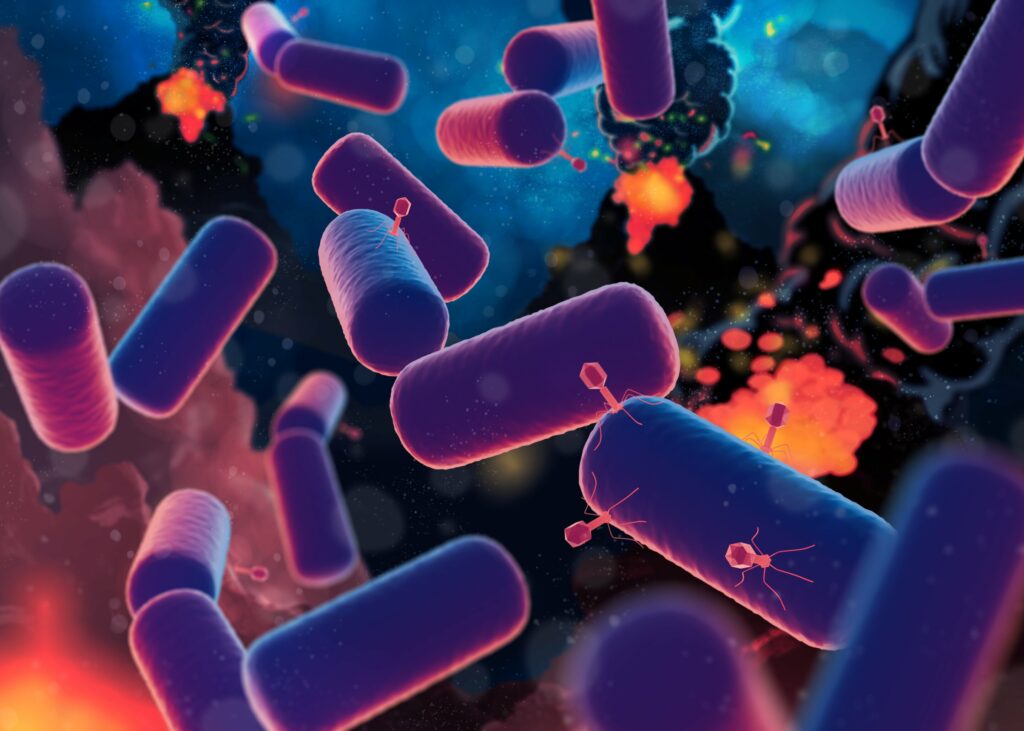Scientists have traced the origins of life on Earth to approximately 4.2 billion years ago, shedding light on the Last Universal Common Ancestor, or LUCA. This discovery, published in Nature Ecology & Evolution, provides a detailed reconstruction of LUCA, offering new perspectives on the evolution of life, and the fight against life’s greatest enemy, the virus.
Led by a team from the University of Bristol, an international group of researchers employed a combination of molecular and biogeochemical tests to estimate LUCA’s age and characteristics. By analyzing pre-LUCA gene duplicates and calibrating these with microbial fossils and isotope records, they determined that LUCA lived around 4.2 billion years ago, which is much earlier than they had expected.
Understanding that life began that early has significant implications for our knowledge of Earth’s history. Most estimates place Earth being around 4.54 billion years old. With life starting around 4.2 billion years ago, life began quite rapidly, and conditions to host life were established fairly quickly on the planet.
“We did not expect LUCA to be so old, within just hundreds of millions of years of Earth formation,” said Dr Sandra Álvarez-Carretero, one of the study’s co-authors in a press statement. “However, our results fit with modern views on the habitability of early Earth.”


However, LUCA wasn’t alone. It was being hunted.
The study’s insights into LUCA’s metabolic capabilities and ecological context provide a clearer picture of the early biosphere. LUCA’s ability to perform acetogenesis and other metabolic processes highlights the adaptability and complexity of early life forms, which were capable of thriving in diverse and challenging environments.
According to the study, the team used divergence time analysis of gene duplicates that existed before LUCA, allowing for more accurate age estimates. The team also utilized a probabilistic gene- and species-tree reconciliation algorithm to infer LUCA’s genome size and metabolic capabilities. Basically, they made a sort of complex family tree for LUCA, and noted that our species’ most ancient ancestor had to fight to survive.
Contrary to the notion of LUCA as an isolated entity, the study infers that LUCA was part of an established ecological system. Its metabolism would have created niches for other microbial community members, facilitating hydrogen recycling through atmospheric photochemistry. This process could have supported a modestly productive early ecosystem. Simply put, it allowed other simple life forms to thrive around it, as well as life’s most ancient adversary; viruses.
“Our study showed that LUCA was a complex organism, not too different from modern prokaryotes, but what is really interesting is that it’s clear it possessed an early immune system, showing that even by 4.2 billion years ago, our ancestor was engaging in an arms race with viruses,” explained co-author Dr. Davide Pisani.
While there is no firm consensus on the origin of viruses, scientists know that unlike LUCA’s eventual path into simple and later complex cells, viruses have always been around. While LUCA evolutionary path strived to become more and more complex, viruses evolved towards simplicity and brutal efficiency.
This made our 4.2 billion year old ancestor a target. The study suggests that LUCA had a genome size of approximately 2.75 megabases (Mb), encoding around 2,657 proteins, which is comparable to modern prokaryotes. Researchers believe that LUCA was likely a prokaryote-grade anaerobic acetogen, capable of acetogenesis—a form of metabolism that produces acetate from carbon dioxide and hydrogen. Moreover, it possessed an early form of the CRISPR-Cas system, which is used by modern bacteria and archaea to defend against viruses.
By studying LUCA’s genome, the team found the presence of 19 class 1 CRISPR–Cas effector protein families suggesting that early life forms were already trying to sort out how to survive against viruses.
“Our work draws together data and methods from multiple disciplines, revealing insights into early Earth and life that could not be achieved by any one discipline alone,” explained Co-author Professor Philip Donoghue. “It also demonstrates just how quickly an ecosystem was established on early Earth. This suggests that life may be flourishing on Earth-like biospheres elsewhere in the universe.”
MJ Banias covers space, security, and technology with The Debrief. You can email him at mj@thedebrief.org or follow him on Twitter @mjbanias.

